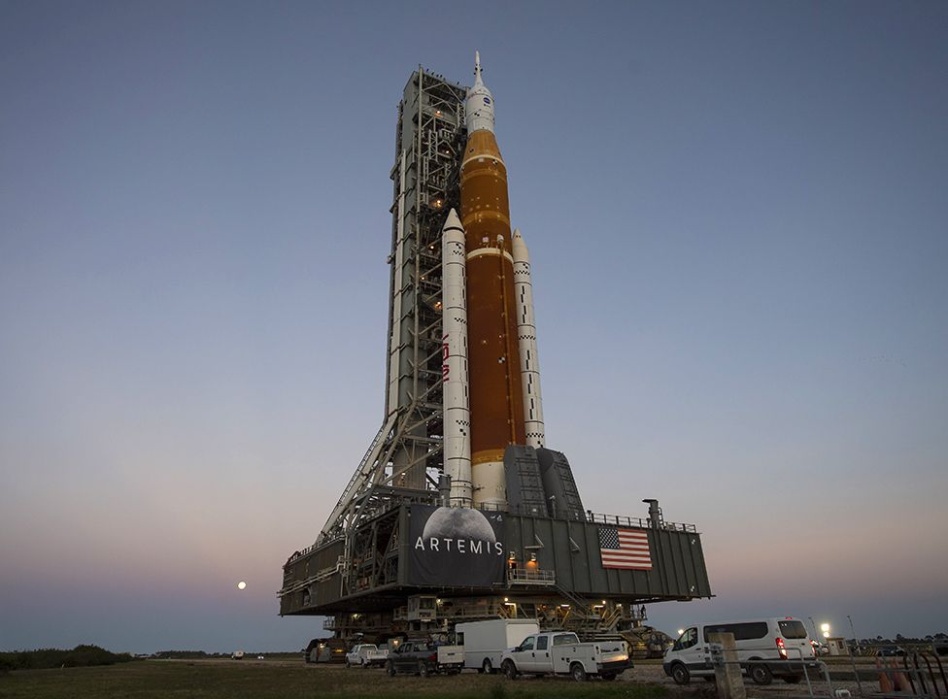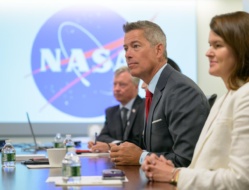The NASA Office of Inspector General (OIG) published its report on the agency’s management of a second mobile launch tower for the SLS mega-moon rocket—and the forecast isn’t looking good. Right now, the OIG anticipates that the project will cost more than twice what was originally budgeted and will be completed ~2.5 years behind schedule.
The ML-2 contract: The first mobile launch tower for SLS, which is currently on the pad awaiting its wet dress rehearsal, was completed in 2010. In 2019, NASA awarded Bechtel National a $383M contract to build ML-2, a second launch tower for later, larger iterations of SLS.
Bechtel originally planned to complete construction on the tower by March 2023. So far, construction on the tower has not begun.
Bottom line up front: The tower is going to be late, over budget, and too heavy.
The OIG report concluded that Bechtel’s poor performance caused 70% of the cost overruns and 1.5 years of project delays. The project had already cost NASA $436M by March 2022; it’s expected to cost $960M when all is said and done.
The OIG report estimates that delivery won’t be until October 2025 at the earliest, which would delay Artemis IV to no earlier than 2026.
- The culprits: underestimating the scope of the project, staff retention issues, and design flaws.
- Bechtel came back with a statement (h/t Eric Berger) challenging the finding that its poor performance was to blame. Its argument: the OIG report ignored the impacts of the pandemic and unexpected design changes.
These numbers are what the OIG report sees as a best-case scenario. An independent review team analysis found that the project will most likely cost in the ballpark of $1.5B, with delivery in 2027 and Artemis IV thus delayed to 2028.
Though the review primarily blames Bechtel, NASA isn’t off the hook, either. The agency awarded the ML-2 contract before it had finalized the design for the Exploration Upper Stage, leading to design changes during the contract period. It also didn’t follow an OIG recommendation from March 2020 to create separate project guidelines for the ML-2 contract.
Recommendations: The OIG urged NASA to take “corrective action” to speed up the project, but at this point, there’s not much to be done. NASA leadership is reportedly considering moving to a fixed-price contract for the rest of the project, but haven’t yet reached an agreement.




